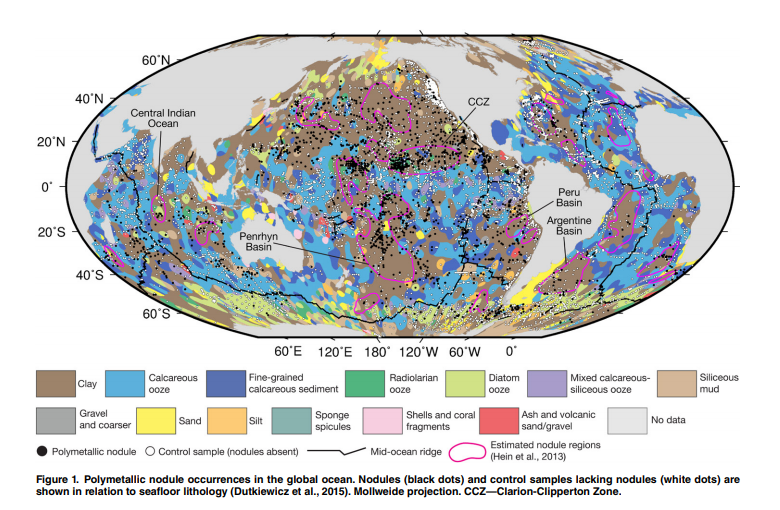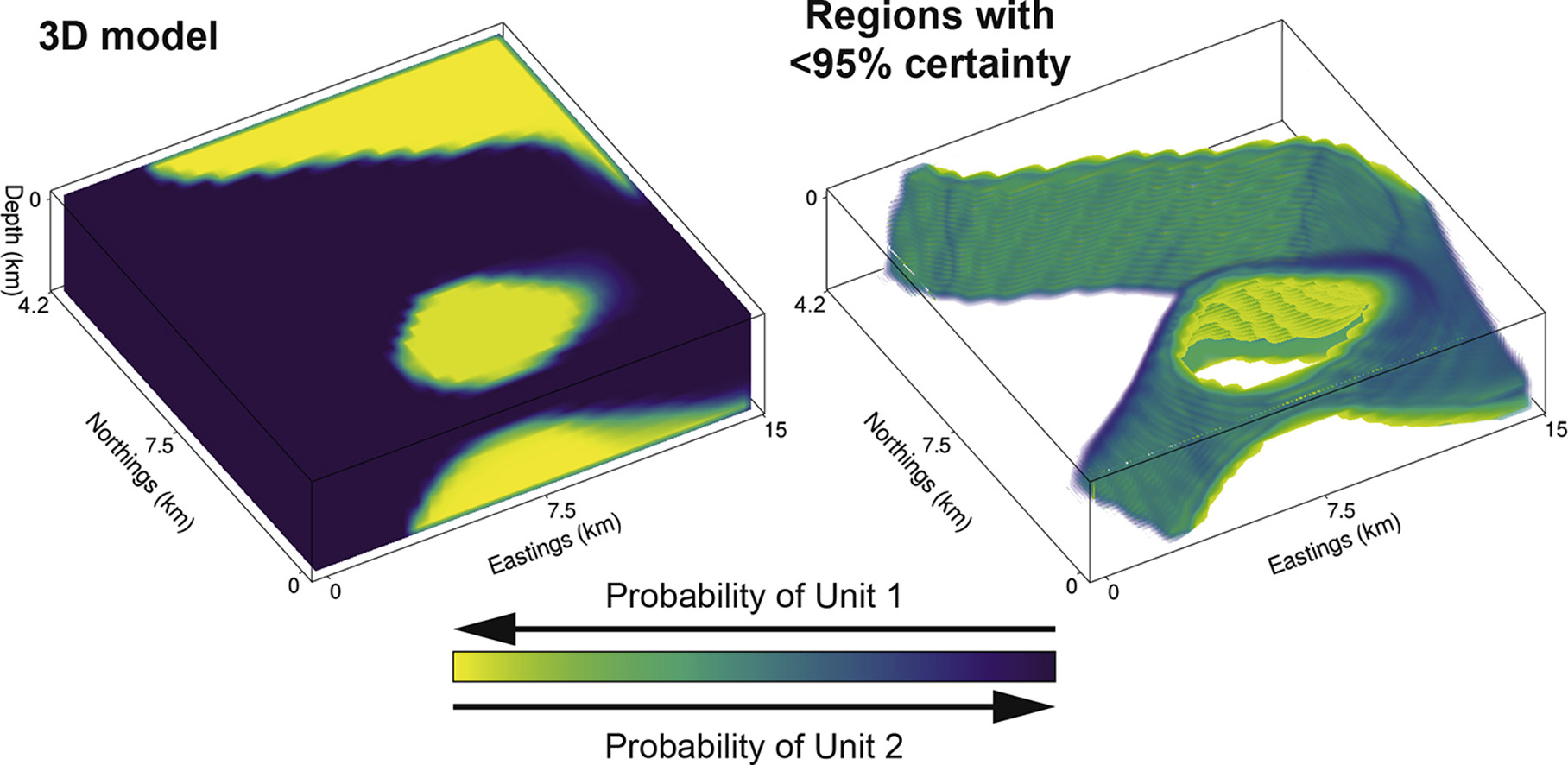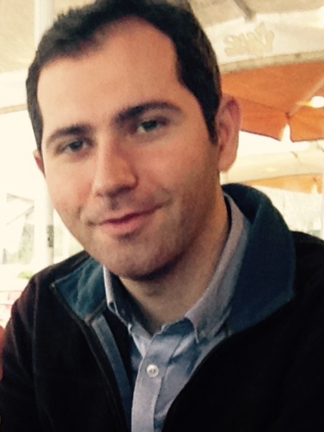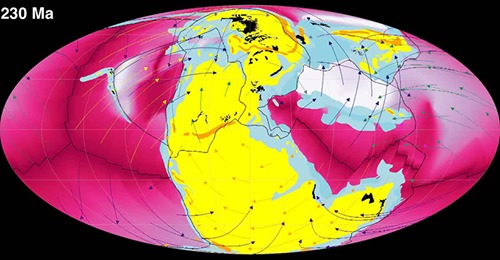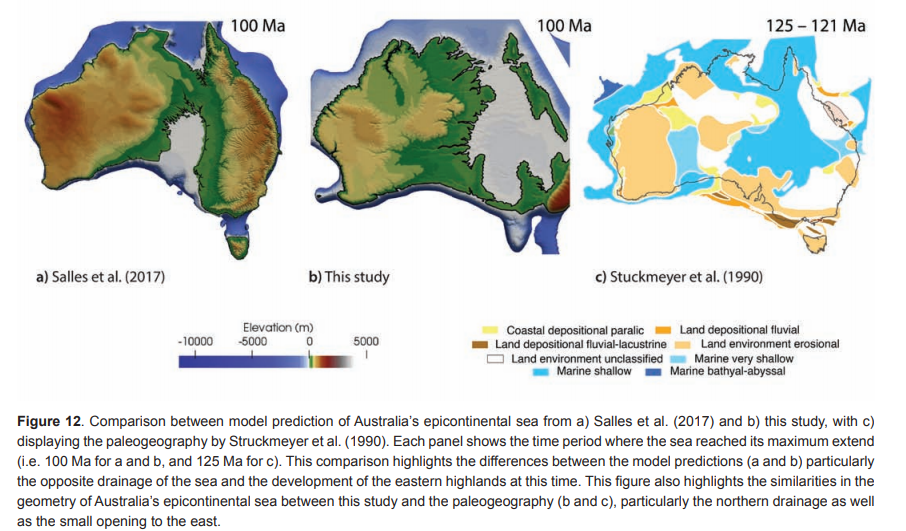Paper in Frontiers of Earth Science: Modeling the Dynamic Landscape Evolution of a Volcanic Coastal Environment Under Future Climate Trajectories
Modeling the Dynamic Landscape Evolution of a Volcanic Coastal Environment Under Future Climate Trajectories Kyle Manley, T. Salles and R. D. Müller As anthropogenic forcing continues to rapidly modify worldwide climate, impacts on landscape changes will grow. Olivine weathering is a natural process that sequesters carbon out of the atmosphere, but is now being proposed … Read more…


